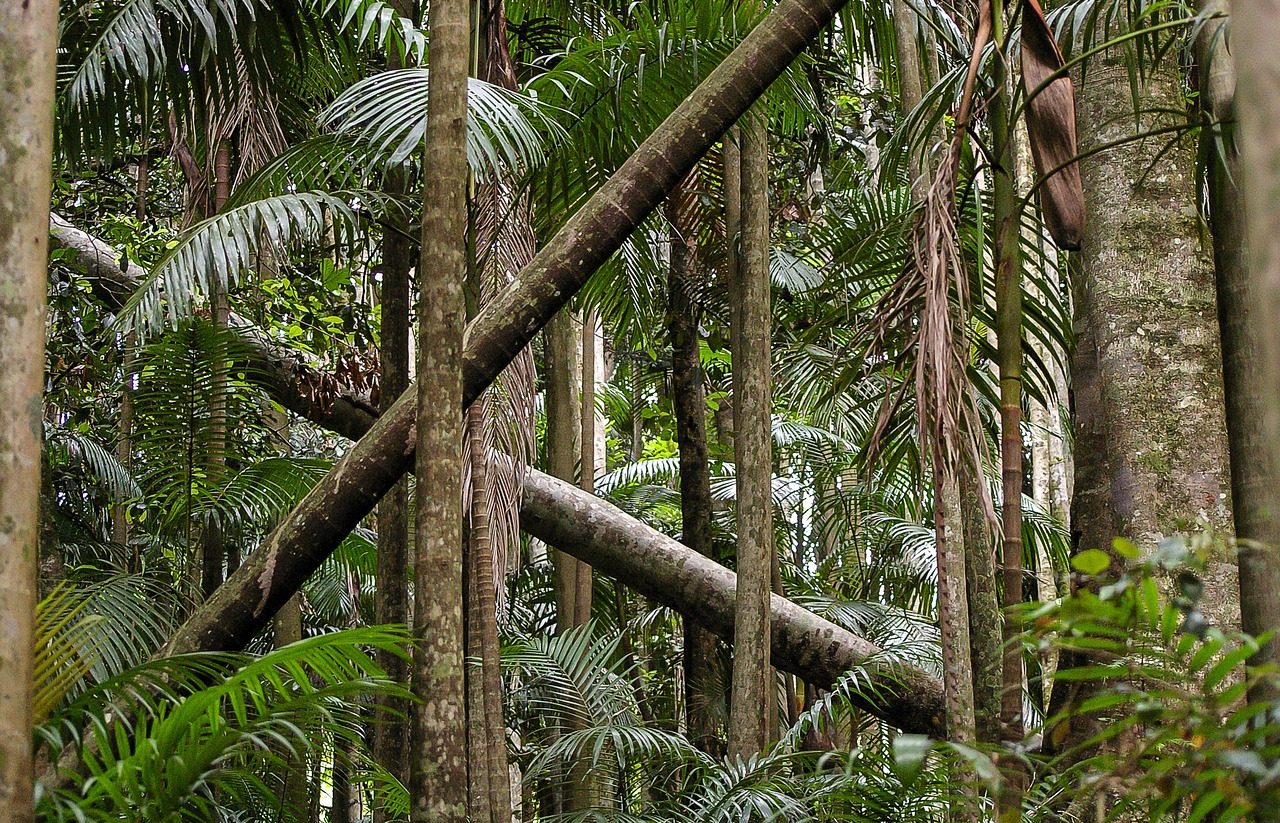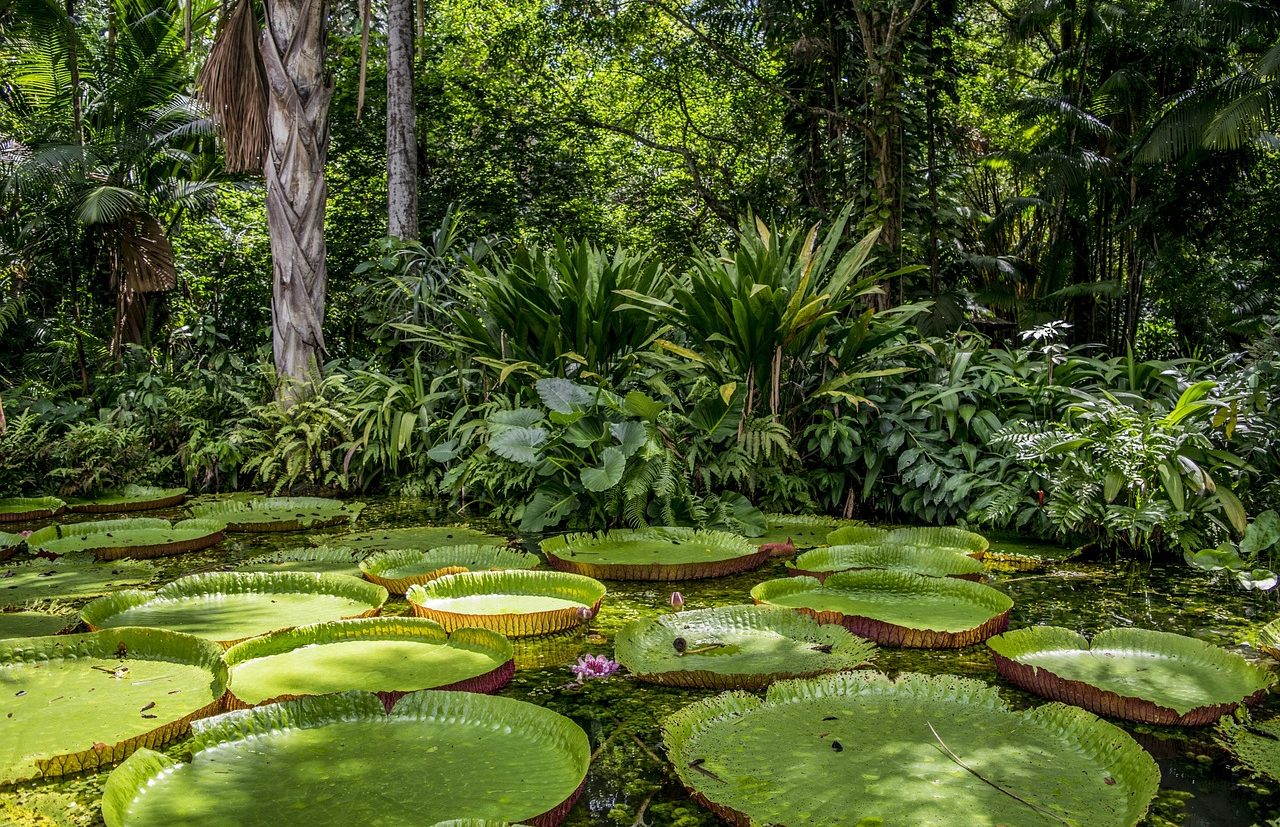
A native forest is a wooded area that maintains its natural characteristics unchanged.
A native forest is a wooded area that preserves its natural characteristics unaltered . This means that these are forests that have not been modified by humans through their actions.
It should be noted that a forest is a place with an abundance of trees and plants . Native , for its part, can refer to one who is born in a certain place or to that which is natural to a certain space.
Native forest characteristics
In a native forest - also called primary forest - no productive exploitations or deforestation are recorded. In secondary forests , however, it is possible to notice the influence of man. Currently, most forests are secondary due to urbanization and the economic activities that take place in these types of places.
The Amazon , in South America , preserves large areas of native forest. It is also possible to find this type of forest in the Malesia region , in Tasmania and in Siberia , for example.

In the Amazon there are large areas of native forest.
Biodiversity
A native forest, in short, is a forest ecosystem that houses rich biodiversity. Numerous species of animals and flora coexist there. The living beings, the atmosphere, the soil and the climate of the native forests make up an interdependent unit that is in balance naturally.
It should be noted that, although native forests are those not modified by humans, forests of secondary origin that are formed after deforestation and forests restored by man himself also present these characteristics.
Native forest functions
Native forests fulfill numerous important functions for life on our planet . Among them we can name the protection of the soil against desertification and erosion; temperature regulation; the animal and plant shelter; water storage; and the absorption of carbon dioxide.
One of the greatest benefits that native forests can provide us is through the so-called sponge effect , which can be defined as the emptying of reservoirs or aquifers in permeable soils . If a forest is in its natural state, it is very likely that during the rainy season it will reduce runoff to a minimum (the free circulation of rainwater over a piece of land) and release the stored liquid when it is really necessary, such as during a drought. .
An investigation by the Smithsonian Tropical Research Institute
In Panama , a group of scientists from the Smithsonian Tropical Research Institute demonstrated all this in 2013 through a large-scale experiment they carried out on an area of 700 hectares in the Panama Canal . This is the first time that the usefulness of the sponge effect in protecting infrastructure in times of storms was demonstrated.
The study carried out by the researchers involved the observation of 450 tropical storms , a number that allowed them to contrast data and recognize patterns to be able to conclusively prove that native forests can save us from major floods.
One of the tests they carried out, in this case together with various scientists from the University of Wyoming , was the measurement of the amount of rainwater that moved through forest lands, grasslands and abandoned pastures. The conclusion is very clear: the runoff that occurs during a rain event is less in protected areas than in deforested ones . The Panama Canal has great interests in water conservation, since thousands of ships pass through it each year, representing 5% of global trade.
The native forest is the clearest representation we have of how our planet should look and function. Unfortunately, human beings do not open their eyes until a group of scientists alert us to the consequences that the way we relate to nature can bring us.
